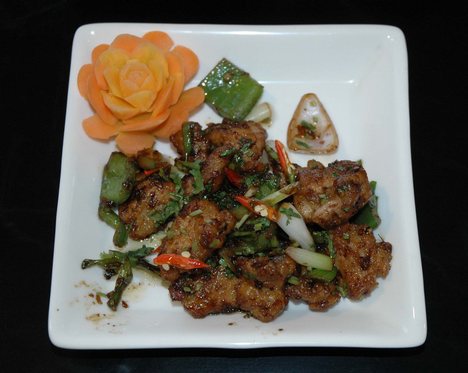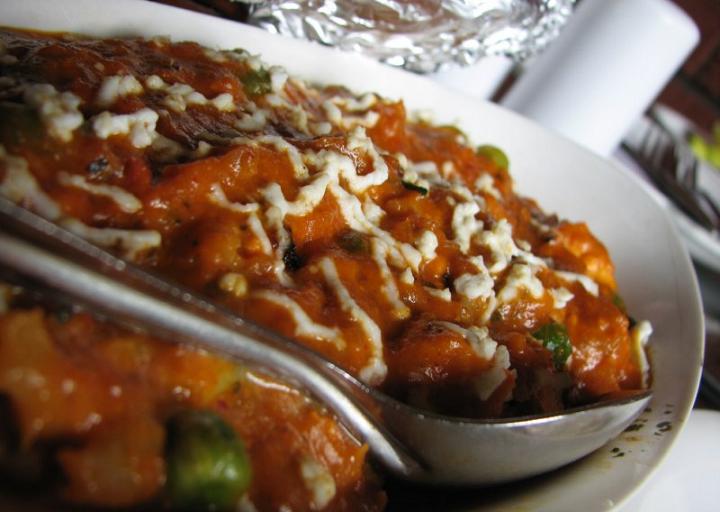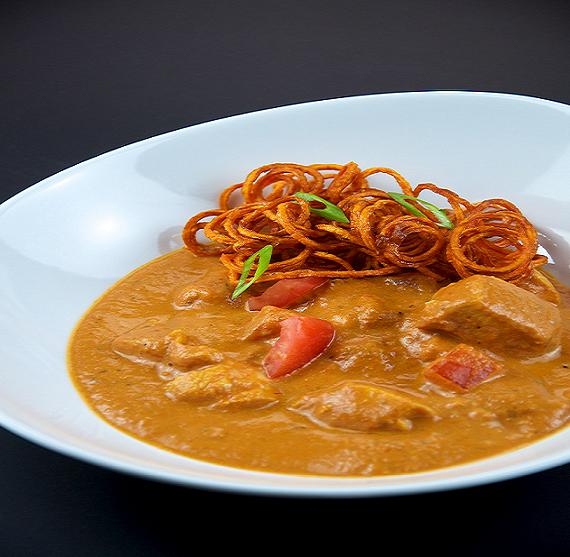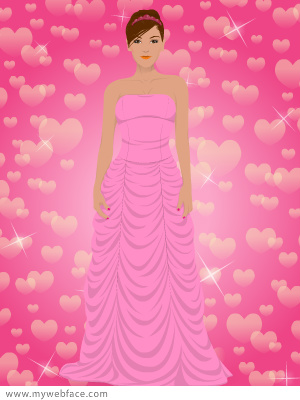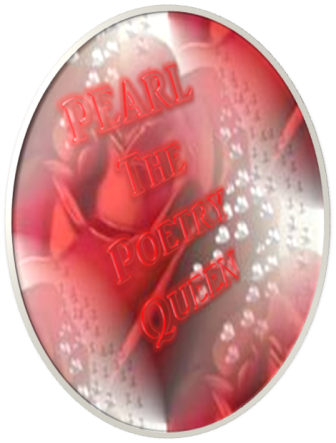Food Presentation and garnishing
A plate of food is like a painting, and the rim of the plate is the frame.
A plate that's too elaborate can be as bad as one that's too careless. Besides, you want that hot dinner to still be hot when it reaches the table, so you don't really have time to get too fancy. Following are a few more food presentaion tips.
Balance
Select foods and garnishes that offer variety and contrast, while at the same time avoiding combinations that are awkward or jarring.
Colors
Two or three colors on a plate are usually more interesting than just one. Visualize the combination: poached chicken breast with supreme sauce, mashed potatoes, and steamed cauliflower.
Many hot foods, especially meats, poultry, and fish, have little color other than shades of brown, gold, or white. It helps to select vegetables that add color interest - one reason why green vegetables are so popular.
Garnish is often unnecessary, especially if the accompaniments have color, but it is very important in some cases.
Shapes
Another food presentation tip is to plan for variety of shapes and forms as well as of colors. For example Green beans and whipped potatoes might be better choices for accompaniments.
Cutting vegetables into different shapes gives you great flexibility. Carrots, for example, which can be cut into dice, rounds, or sticks, can be adapted to nearly any plate.
Flavors
You can't see flavors, either, but this is one more factor you must consider when balancing colors, shapes, and textures on the plate.
Some good n coomon presentations:


